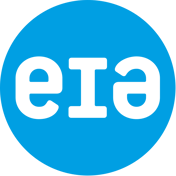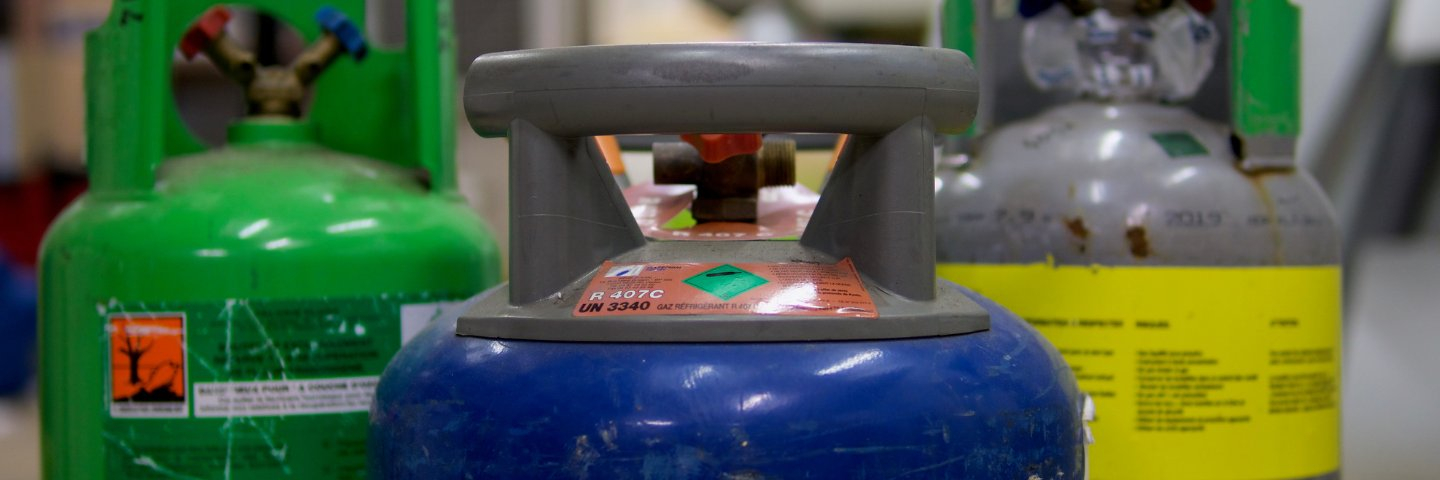How i2 products were used by the Environmental Investigation Agency to organize and analyze intelligence to help authorities track down the illegal smuggling of CFCs that were falsely labeled as “recycled”.

The Environmental Investigation Agency (EIA) is an independent campaigning organization which has pioneered the tactic of covert investigations. Using hidden cameras, they gain irrefutable evidence of illegal activities, such as illegal trading of Ozone-depleting Substances (ODS). The EIA disseminates the findings from their investigations through secure channels to the appropriate enforcement agencies, as a prompt for them to take action and begin their own investigations.
Since 2006, EIA has used i2’s Analyst’s Notebook, iBase and TextChart to organize and analyze their intelligence and present it to the appropriate law enforcement agencies. In a suspected ODS trafficking case, EIA received a tip-off regarding an attempt to smuggle illegal CFCs, falsely labeled as “recycled”. Analysis of transactions between a company which was sourcing from one country, with a buyer in another, revealed a complex and circular series of companies and transactions. This suggested to the EIA that there was collusion in illegal operations. Despite the geographical divide, both the buying company and selling company shared personnel and associations.

After digging a little deeper into old case files, the EIA discovered it wasn’t the first time they had come across the persons of interest. They had encountered them in cases of trafficking back in the mid-1990s and in both the old case and the new, the company names had changed but the remaining details matched. Add a few aliases into the mix, more duplicate contact details crisscrossing continents, and the picture emerged: a web of conspiracy to illegally trade CFCs, stretching back over fifteen years, with the original perpetrators and some new ones.
The EIA decided that a clear way to demonstrate the case to those who needed to know was an intelligence brief using i2’s Analyst’s Notebook charts. Given the complex and tangled connections, including both historical and contemporary features, i2 Analyst’s Notebook presented a means to integrate and represent intelligence from a range of sources. The EIA was able to connect transactions, personnel, aliases, associations and locations over a considerable temporal period. Suddenly, the connections were made clearer. And where the true nature of the criminal operations had been difficult to discuss verbally or even in writing, it could now be quickly and easily absorbed by the recipients of the intelligence brief, and the degree of culpability by the main players became clear.
What had at first appeared to be an isolated case turned out to be a long-running conspiracy. This activity presented several conclusions. The EIA used i2 Analyst’s Notebook as a tool to unite its own research with previous investigation findings, easily integrating diverse intelligence – along with hypothesized links based upon considered judgment – into a format that is both easy to digest, concise, and ready for analysis.
i2 Analyst’s Notebook quickly identified and persuasively showed the patterns and linkages within truly enmeshed interactions, allowing us to produce a package to directly inform enforcement activity. i2 Analyst’s Notebook saves time and allows analysts to focus their efforts on analysis, not data entry.
Charlotte Davies, Intelligence Analyst, EIA
i2 Analyst’s Notebook’s ability to easily identify and persuasively show the patterns and linkages within truly enmeshed interactions of various types enabled the production of a package that directly informed enforcement activity.
This case highlighted the utility that i2 products offer in addressing a range of intelligence problems, and was the first time the software had been used within the EIA to tackle an ODS case.
The confidential brief was sent to a specialized United Nations coordinator from where it was distributed onwards to the relevant enforcement agencies in several countries.
The provision of intelligence briefings reinforced the EIA’s interactions with enforcement agencies and intergovernmental organizations in several countries. Given the transnational nature of environmental crime such as this it’s unlikely that just one enforcement agency would combat the issue alone.
The EIA believes that collaboration is a fundamental activity in the fight against this ODS crime and has led by example. It also demonstrated the utility of i2 in highlighting the most appropriate targets for investigations based upon intelligence.
As a campaigning organization rather than an enforcement agency, the EIA provided the relevant information to the agencies that were empowered to investigate and most importantly, prosecute this trade.
Find out more about i2 Analyst's Notebook or contact us to see how we can help.



© 2025 i2 Group / N. Harris Computer Corporation. All trademarks owned by N. Harris Computer Corporation.
1 Cambridge Square, Milton Avenue, Cambridge, CB4 0AE, UK